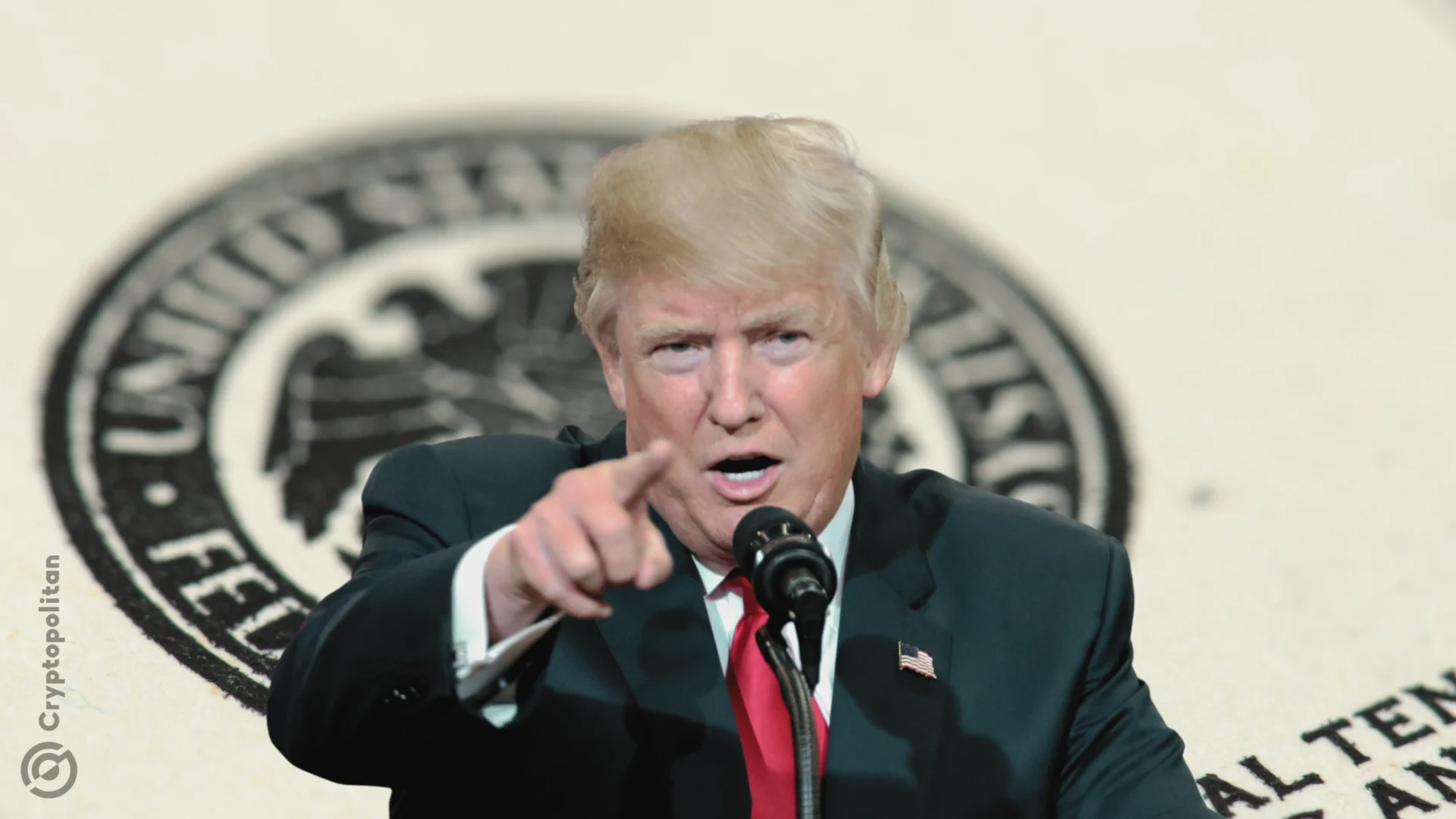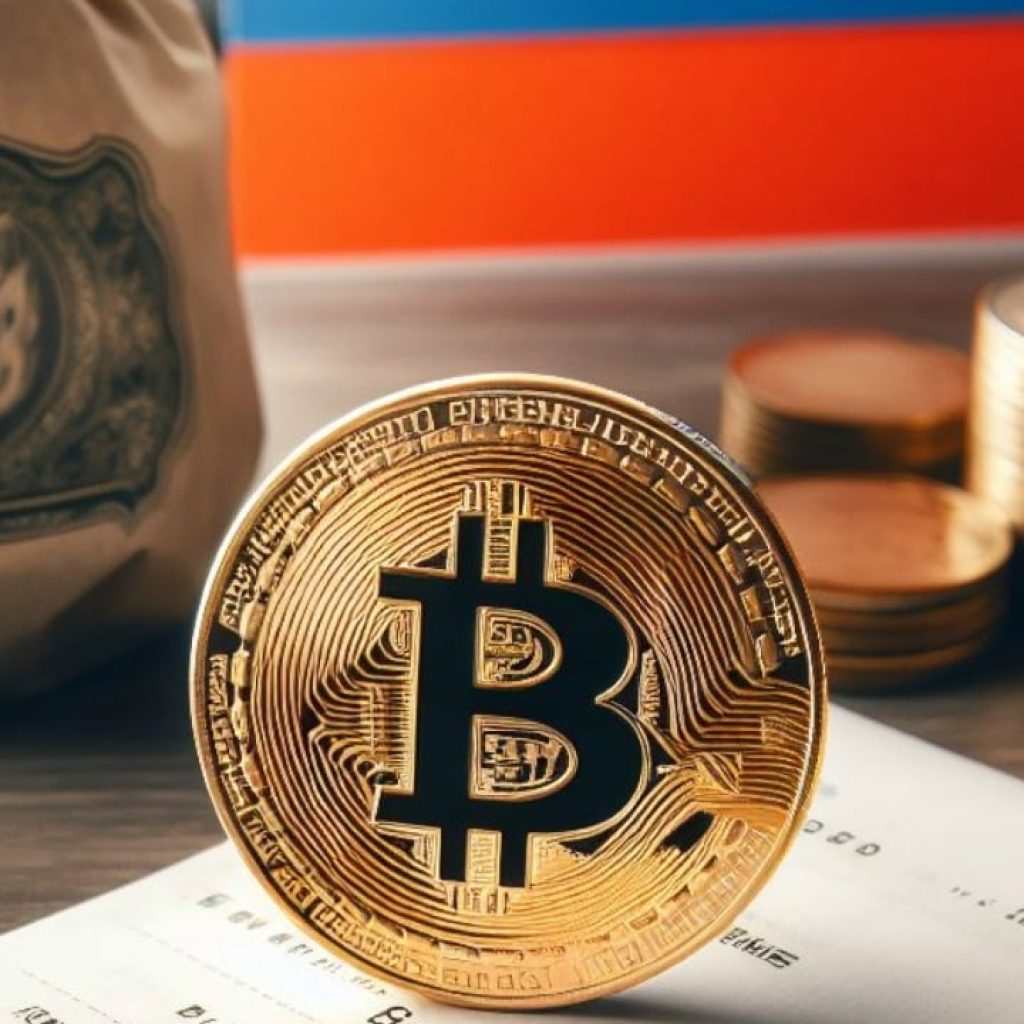Donald Trump is pushing his aggressive economic agenda again, this time with full force. The former president is doubling down on his plans to slap heavy tariffs on foreign imports and countries who ditch the U.S. dollar.
He also still very much wants to seize control of the Federal Reserve. With three weeks to go before Election Day, Trump’s economic strategy has become the central focus of his campaign.
He promises to bring jobs and companies back to the United States, even though critics are concerned about the potential fallout from inflation and rising debt.
“We’re all about growth,” he said addressing concerns from business leaders who think his tariff-heavy plan could drive inflation through the roof.
But here’s the thing. His proposed tariffs on countries like China and Russia could reach as high as 60%. And that’s just the beginning.
Higher prices, more debt
Trump’s third presidential run has been powered by widespread dissatisfaction with the Biden administration’s economic policies.
Prices are high, jobs are shaky, and Trump’s promising to fix it all. Naturally. He wants to drop the corporate tax rate to 15% and offer fresh incentives for domestic manufacturers to boost American production.
But the price tag for Trump’s economic ideas is seriously huge. His tax cuts and tariffs are expected to cost trillions, further deepening the federal deficit.
America’s deficit already stands near $2 trillion, and Trump’s proposals will push it even higher. Some economists believe that his tariff plans won’t generate enough revenue to offset the costs.
According to the Peterson Institute for International Economics, Trump’s tariffs could rake in over $200 billion a year.
Inflation would rise, and so would the pressure on the Federal Reserve to raise interest rates. The Federal Reserve is a key part of Trump’s plan. With inflation likely to spike under his tariff regime, the Fed could be forced into a corner.
But that’s where Trump wants to take control, changing the focus of the Federal Reserve in a direction that suits his policies. It’s a decision that’s being described as a hostile takeover, and it would completely change U.S. monetary policy and by extension, the world.
A close race
Trump and Democratic Kamala Harris are locked in a tight race, with the economy being the key issue for voters.
Harris is leaning into a more moderate approach, focusing on tax relief and targeted investment to ease inflation without pushing the deficit higher.
Polls show a razor-thin gap between the two candidates. After Harris jumped into the race, she erased much of Trump’s early lead.
But over the past week, the Republican candidate has gotten back on top. Though his crackdown on immigration could shrink the labor pool, making it harder for companies to find workers.
The 2024 election cycle has been one of the most contentious in U.S. history, with Trump overcoming numerous legal obstacles, including being the first former U.S. president convicted of a felony.
Yet he still maintains an iron grip on the Republican Party, cruising through the primaries with ease. His base is solid, but now Trump is expanding his appeal.
He’s reaching out to groups that traditionally vote Democrat (Black voters, Hispanics, working-class voters, and suburban women).
BRICS pushes de-dollarization
As Trump battles on the domestic front, there’s another major story happening on the global stage. BRICS nations, mainly China and Russia, are accelerating efforts to trade in their local currencies, bypassing the U.S. dollar and essentially dethroning it.
The two countries have already ramped up their bilateral trade to a whopping $200 billion, and they’re doing it in rubles and yuan. India and Brazil aren’t too keen on it though.
This global shift will have serious implications for America’s economy, and Trump knows that. He’s long criticized China, saying the U.S. is being played for a fool. “China thinks we’re a very stupid country,” he said recently.
At the heart of the BRICS push is the development of a BRICS common currency. The BRICS summit in Kazan, Russia, set for later this month, is expected to announce the launch of BRICS Pay, a blockchain-based payment system alternative to SWIFT.
Trump’s position on BRICS and de-dollarization is that he wants to bring trade back to the U.S. and cut off the dominance of other global powers. His tariffs and trade policies are designed to do just that.
He’s also made it clear that he believes the U.S. needs to restore relations with Vladimir Putin’s Russia. Trump insists that it’s better that way even though many critics believe this approach could undermine American foreign policy.
Iran has also joined the movement, engaging in local currency trade with its neighbors to skirt U.S. sanctions.





